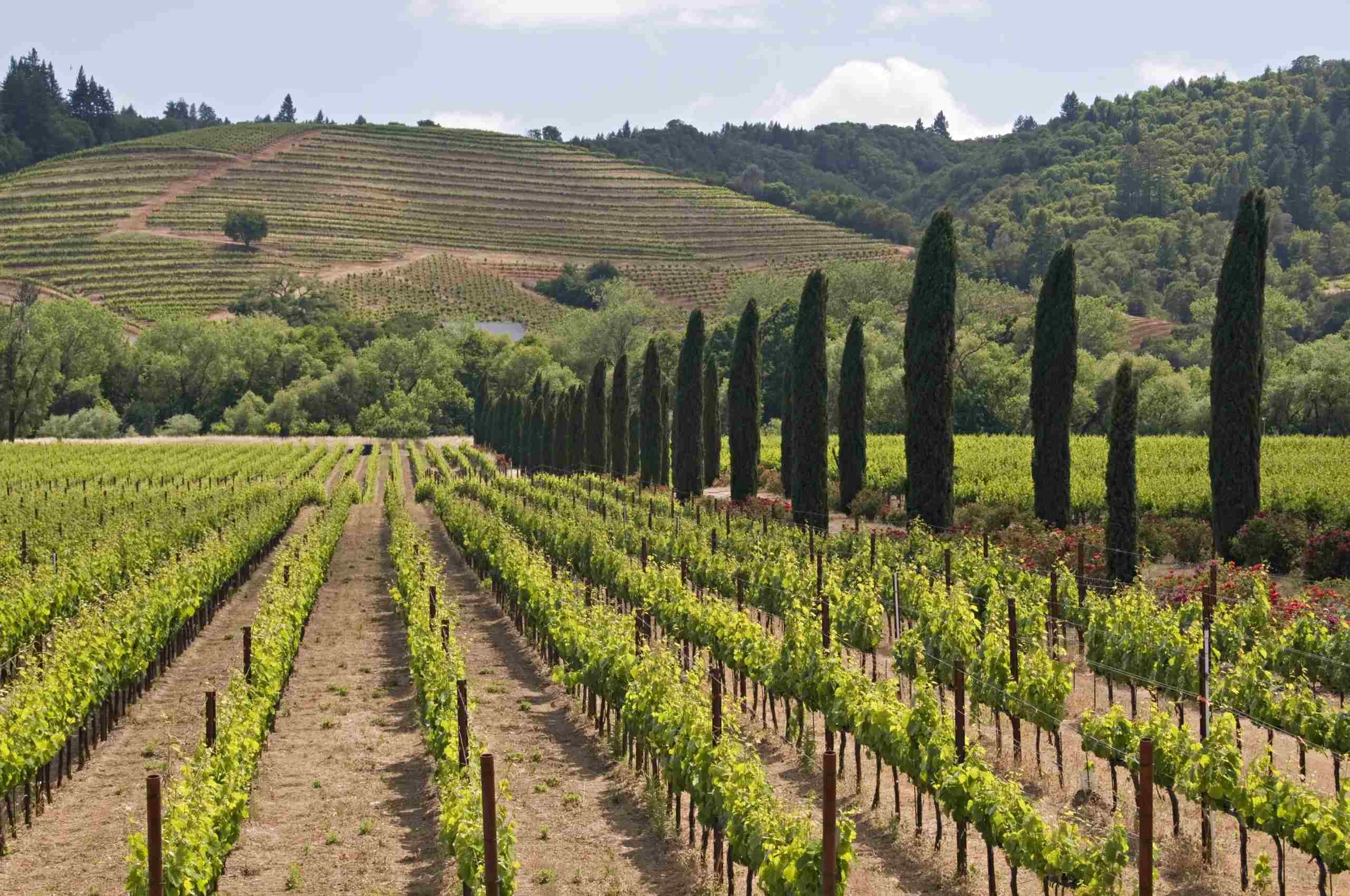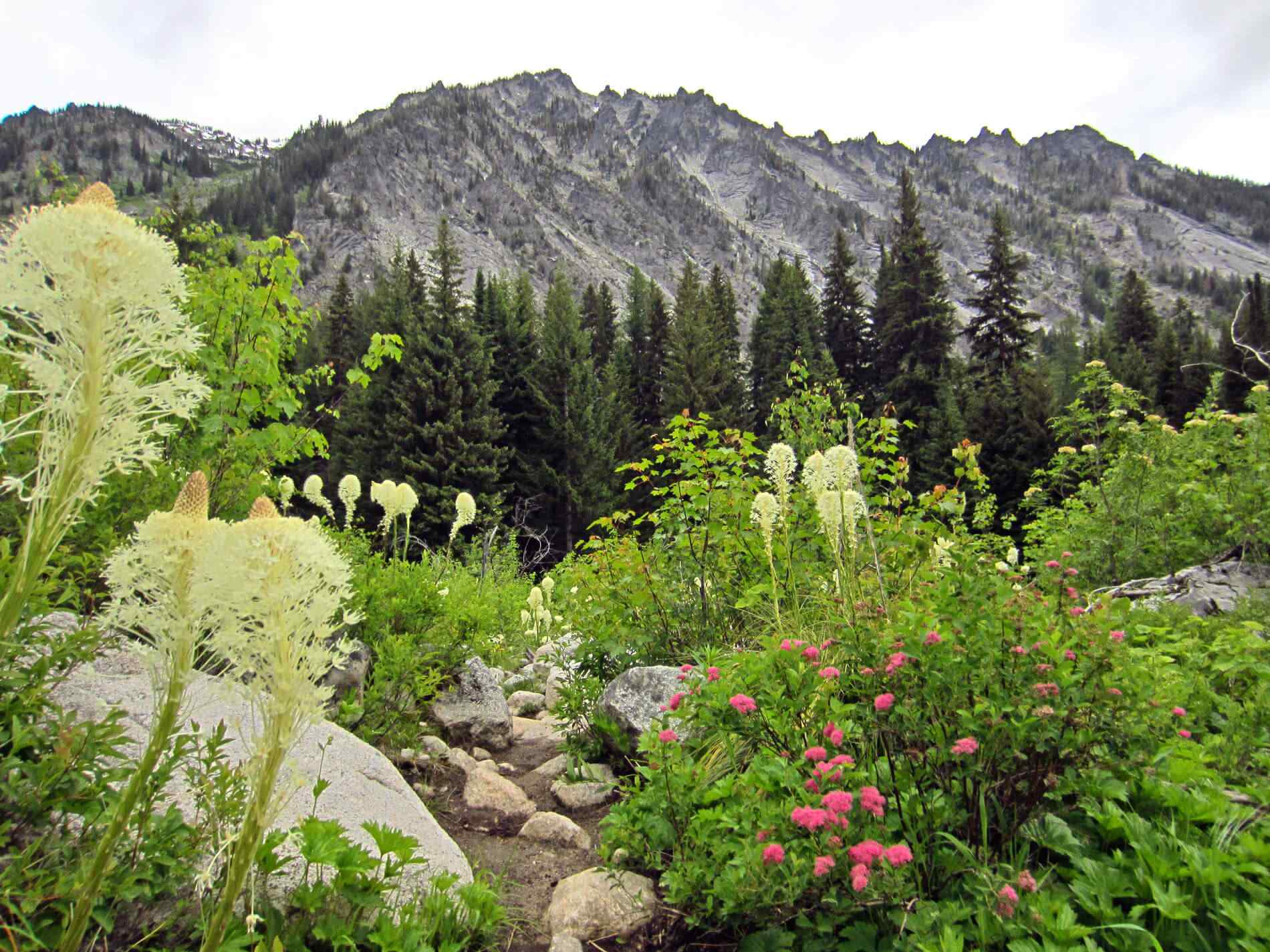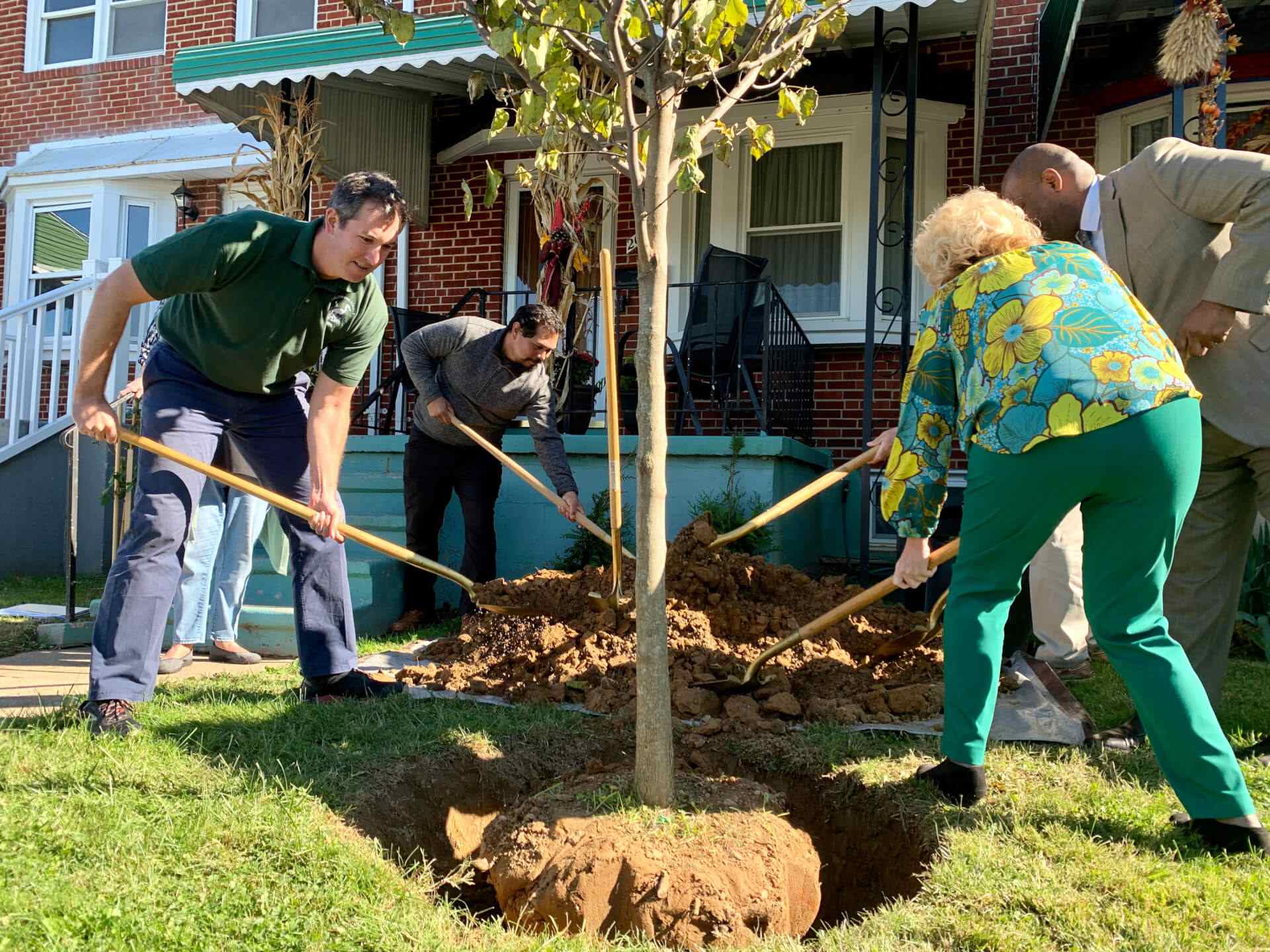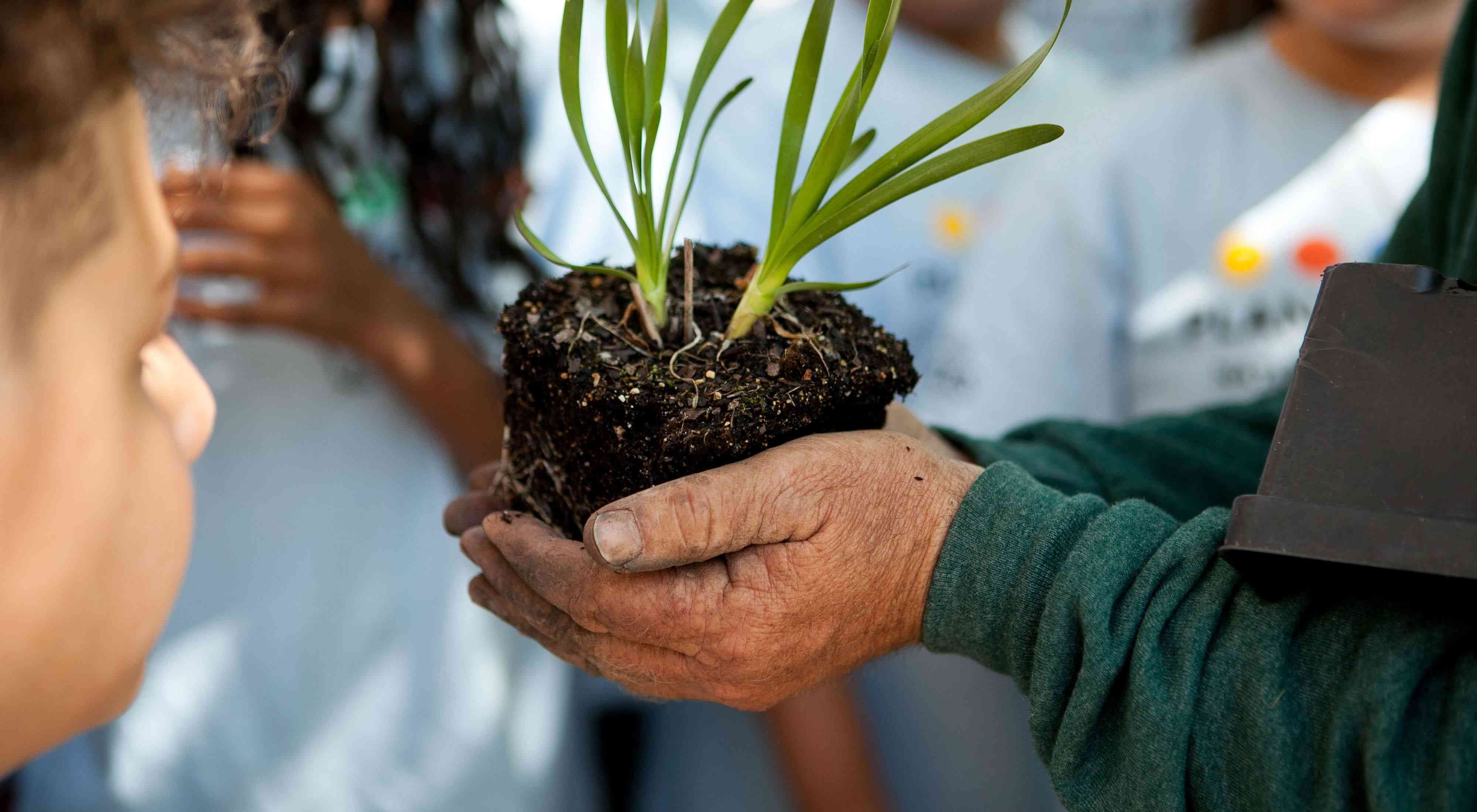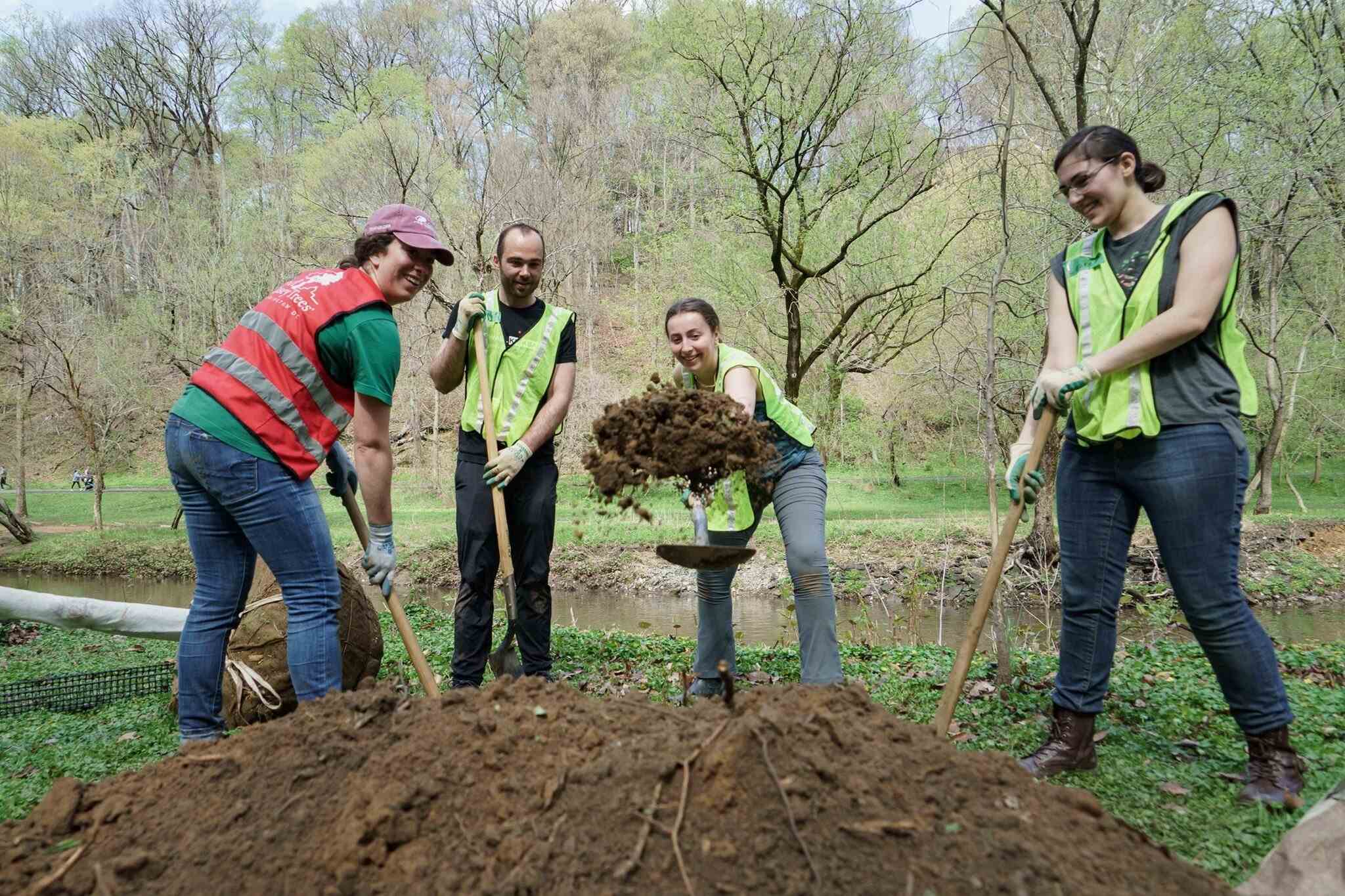Home>Gardening Basics>Understanding Soil>What Zone Is North Carolina In For Planting
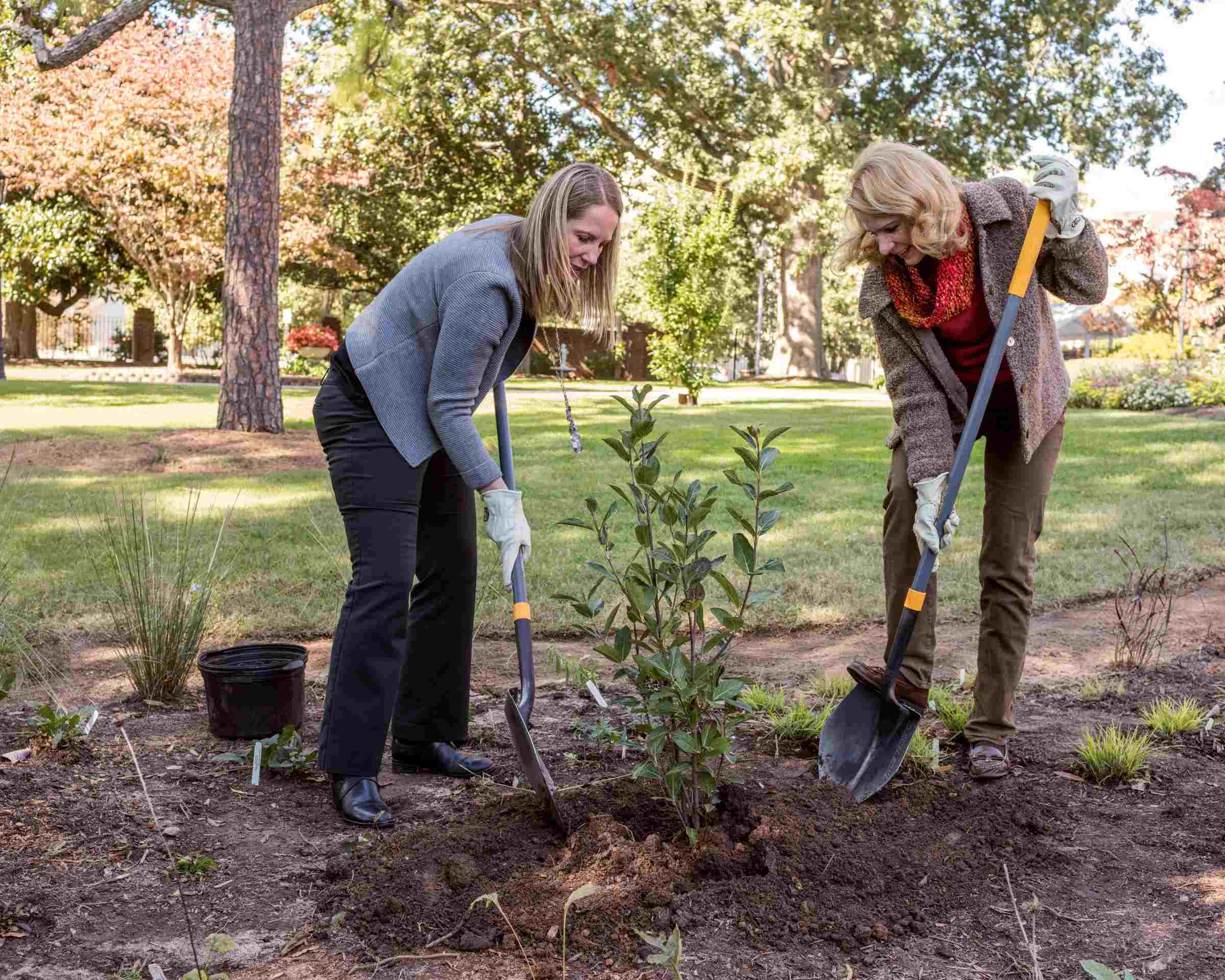

Understanding Soil
What Zone Is North Carolina In For Planting
Modified: January 22, 2024
Learn about understanding soil and what zone North Carolina is in for planting. Discover the key factors for successful gardening in this region.
(Many of the links in this article redirect to a specific reviewed product. Your purchase of these products through affiliate links helps to generate commission for Chicagolandgardening.com, at no extra cost. Learn more)
Table of Contents
Introduction
Welcome to the world of gardening in North Carolina! Whether you’re a seasoned gardener or just starting out, understanding the planting zones in your area is essential for successful gardening. Planting zones help us determine which plants are most likely to thrive based on factors like temperature, climate, and soil conditions. In this article, we will dive into the details of North Carolina’s planting zone, explore the factors that affect it, and provide you with some helpful tips for gardening in this beautiful state.
North Carolina is known for its diverse landscapes, ranging from the mountains in the west to the coastal plains in the east. This geographical diversity contributes to varying climates across the state, resulting in different planting zones. By knowing your specific planting zone, you can select plants that are well-suited to your area’s conditions, ensuring a flourishing garden.
Whether you’re interested in growing flowers, vegetables, or herbs, understanding your planting zone will provide valuable guidance on the types of plants that have the best chance of thriving in your North Carolina garden. So, let’s delve into the details of North Carolina’s planting zone and discover how it can help you create a vibrant and successful garden.
Understanding Planting Zones
Planting zones, also known as hardiness zones, are a system developed by the United States Department of Agriculture (USDA) to categorize regions based on their average annual minimum temperatures. This information helps gardeners determine which plants are most likely to thrive in a particular area.
The USDA has divided the United States into thirteen different planting zones, ranging from zone 1 (the coldest) to zone 13 (the warmest). Each zone is further divided into subzones, A and B, based on slight variations in temperature. These zones take into consideration the lowest temperature a region typically experiences in the winter, helping gardeners choose plants that can withstand the cold.
By understanding the planting zones, gardeners can make informed decisions about which plants are suitable for their area. For example, if you live in a zone 6, you will know that plants rated for zones 7 and above may struggle to survive the colder winters in your region. On the other hand, selecting plants suited for zone 6 or lower ensures a higher chance of success.
It’s important to note that planting zones aren’t the only factor to consider when gardening. Factors like soil type, rainfall, and sunlight also play a significant role in a plant’s success. However, knowing your planting zone provides a solid foundation for selecting plants that have the best chance of thriving in your specific climatic conditions.
Now that we have a basic understanding of planting zones, let’s explore the specific planting zone of North Carolina and the factors that contribute to its unique gardening conditions.
The Planting Zone of North Carolina
North Carolina is located in the southeastern region of the United States and experiences a diverse range of climates. As a result, the state is divided into three main planting zones: Zone 6, Zone 7, and Zone 8. These zones are further divided into subzones A and B, adding more specificity to the planting conditions.
In the western part of North Carolina, including the Appalachian Mountains, you will find Zone 6. This zone experiences colder temperatures during the winter, with average minimum temperatures ranging from -10°F (-23°C) to 0°F (-18°C). Summers in Zone 6 are generally moderate, with an average maximum temperature of 75°F (24°C) to 85°F (29°C). This zone is suitable for a wide variety of cold-tolerant plants and provides a unique opportunity for mountain gardening.
The majority of North Carolina falls into Zone 7, which encompasses the central and eastern parts of the state. Zone 7 has milder winters, with average minimum temperatures ranging from 0°F (-18°C) to 10°F (-12°C). Summers are warmer, with average maximum temperatures of 85°F (29°C) to 95°F (35°C). The longer growing season in Zone 7 allows for a broader selection of plants, including many popular garden favorites.
The southeastern coastal areas of North Carolina are designated as Zone 8, where the temperatures are even milder. This zone experiences average minimum temperatures ranging from 10°F (-12°C) to 20°F (-7°C) during the winter. Summers are hot and humid, with average maximum temperatures of 95°F (35°C) to 105°F (41°C). Zone 8 offers a more extended growing season and supports a wide range of plants, including tropical varieties.
It’s important to note that while these planting zones provide a general indication of the average temperatures experienced in different regions, microclimates within North Carolina may lead to variations in actual growing conditions. Factors like elevation, proximity to bodies of water, and urban heat islands can influence temperature and impact the success of certain plants.
Now that you have an understanding of the planting zones in North Carolina, it’s time to explore the factors that can affect these zones and the choices of plants that thrive in this beautiful state.
Factors Affecting Planting Zones in North Carolina
Several factors contribute to the variation in planting zones across North Carolina. Understanding these factors can help gardeners make more informed decisions when selecting plants and planning their gardens.
1. Geographical Location: North Carolina’s diverse topography and geographical features play a significant role in its climate and planting zones. The state spans from the mountains in the west to the coastal plains in the east, resulting in varying elevations, slopes, and proximity to water bodies. These variations create microclimates that can impact temperature, rainfall, and overall growing conditions within different regions of the state.
2. Temperature Extremes: Temperature extremes, especially during the winter months, affect the planting zones in North Carolina. The western mountainous regions experience colder temperatures with heavy snowfall, while the coastal areas have milder winters due to the moderating influence of the Atlantic Ocean. These variations in minimum temperatures help determine the boundaries of different planting zones throughout the state.
3. Humidity and Precipitation: North Carolina has a humid subtropical climate, with varying levels of humidity and precipitation across the state. The mountainous regions often receive higher amounts of rainfall, while coastal areas may experience more frequent and intense storms. These differences in precipitation patterns can affect soil moisture levels and water availability for plants, making it important to choose plants that are adapted to the specific moisture conditions of your zone.
4. Soil Type and Composition: The soil composition and fertility levels vary across North Carolina, influencing the types of plants that can thrive in different regions. The mountainous regions typically have well-drained soils, while the coastal plains have sandy soils with lower water-holding capacity. Understanding your soil’s characteristics, such as pH levels, organic matter content, and nutrient levels, can help you select plants that are well-suited to your specific soil conditions.
5. Growing Season: The length of the growing season differs across North Carolina’s planting zones. Zones with longer growing seasons, such as Zone 8, allow for a wider variety of plants that require more time to mature and produce. Conversely, in colder zones like Zone 6, the growing season may be shorter, requiring the selection of plants with a shorter maturation period.
By considering these factors and understanding their impact on planting zones, gardeners in North Carolina can make informed choices when selecting plants and optimizing their gardening practices. Now that we have explored the factors affecting planting zones, let’s delve into some popular and recommended plant options for North Carolina gardens.
Recommended Plants for North Carolina
North Carolina’s diverse climate and planting zones offer a wide range of plant options for your garden. Here are some recommended plants that thrive in different parts of the state:
-
Mountain Region (Zone 6):
- Rhododendrons and Azaleas: These flowering shrubs love the acidic soil and cooler temperatures of the mountains. They provide vibrant colors and are a staple in many mountain gardens.
- Blueberry Bushes: These fruit-bearing shrubs thrive in the slightly cooler temperatures of Zone 6. They require acidic soil and ample moisture.
- Evergreen Trees: Trees like the Fraser fir and white pine are well-adapted to the higher elevations and colder winters of the mountains.
-
Central Region (Zone 7):
- Tomatoes: This classic garden favorite grows well in the warmer temperatures and longer growing seasons of Zone 7. Choose varieties that are disease-resistant to ensure a successful harvest.
- Peppers: Bell peppers, chili peppers, and other varieties thrive in the heat of the central region. They love full sun and well-drained soil.
- Crepe Myrtles: These flowering trees are known for their vibrant blooms and thrive in the hot and humid climate of Zone 7.
-
Coastal Region (Zone 8):
- Palms: With its milder winters, Zone 8 allows for the cultivation of tropical and subtropical plants like palm trees. Choose cold-hardy palm varieties for best results.
- Bougainvillea: This colorful and fast-growing plant adds a tropical flair to coastal gardens. It loves the combination of heat, humidity, and well-drained soil.
- Hydrangeas: These flowering shrubs thrive in the mild coastal climate. They prefer partially shaded areas and benefit from regular watering.
It’s important to note that these are just a few examples of recommended plants for each zone. There are numerous other options available, including perennials, annuals, herbs, and vegetables. When choosing plants, consider factors like sun exposure, soil conditions, and water requirements to ensure the best chance of success in your specific planting zone.
Now that you have an idea of some recommended plant options, let’s explore some tips for successful gardening in North Carolina.
Tips for Successful Gardening in North Carolina
Gardening in North Carolina can be a rewarding and fulfilling experience. To help you achieve success in your garden, here are some valuable tips to keep in mind:
- Know your planting zone: Understanding your specific planting zone is crucial for selecting plants that will thrive in your area’s climate and conditions. Refer to the USDA hardiness zone map to determine your zone and choose plants accordingly.
- Choose the right plants: Select plants that are well-adapted to your planting zone. Consider factors such as temperature tolerance, sun and shade requirements, soil type, and water needs when selecting plants for your garden.
- Water wisely: Provide adequate water to your plants, especially during dry periods. Consider installing drip irrigation or soaker hoses to deliver water directly to the roots and minimize water loss through evaporation.
- Amend your soil: Test your soil’s pH and nutrient levels and amend it as needed. Add organic matter such as compost or well-rotted manure to improve soil structure, drainage, and nutrient content.
- Mulch: Mulching helps regulate soil temperature, conserve moisture, and suppress weeds. Apply a layer of organic mulch around your plants to retain moisture and regulate soil temperatures.
- Watch for pests and diseases: Be vigilant for common pests and diseases in your area. Regularly inspect your plants for signs of damage or infestation and take appropriate measures to prevent or control them.
- Practice proper pruning: Learn proper pruning techniques to maintain the health and shape of your plants. Prune dead or damaged branches, and selectively prune to promote airflow and sunlight penetration.
- Plant in succession: To ensure a continuous harvest throughout the growing season, stagger your plantings. Start with cool-season crops and gradually transition to warm-season crops as the temperatures increase.
- Practice crop rotation: Rotate your vegetable crops each year to prevent the build-up of pests and diseases. Avoid planting the same family of plants in the same location year after year.
- Stay informed: Stay updated on local gardening resources, workshops, and events. Connect with gardening communities and seek advice from local experts to stay informed about best practices specific to your region.
Remember, gardening is a continuous learning process. Don’t be afraid to experiment, adapt, and learn from both successes and failures. Each season brings new opportunities to refine your gardening skills and create a beautiful and bountiful garden.
Now that you have valuable tips for successful gardening in North Carolina, it’s time to grab your gardening tools and get started on cultivating your own little slice of paradise.
Conclusion
Gardening in North Carolina offers a wealth of opportunities to create a thriving and beautiful garden. By understanding the planting zones, considering the factors that affect them, and following some essential tips, you can set yourself up for success.
Make sure to identify your specific planting zone and choose plants that are well-suited to your area’s climate and conditions. Whether you’re in Zone 6, Zone 7, or Zone 8, there are a plethora of plant options available to add color, fragrance, and flavor to your garden.
Factors like geographical location, temperature extremes, humidity, precipitation, soil type, and growing season all play a role in determining the best plants for your garden. Understanding and accommodating these factors will help you select the most suitable plants and optimize your gardening practices.
By implementing tips such as watering wisely, amending soil, mulching, monitoring pests and diseases, and practicing proper pruning, you can ensure the health and vitality of your garden. Additionally, staying informed and seeking guidance from local resources and garden communities will further enhance your gardening skills and knowledge.
So, whether you’re a seasoned gardener looking to expand your skills or a novice ready to embark on your gardening journey, North Carolina provides a rich and diverse environment for cultivating a vibrant and fruitful garden.
Get your hands dirty, embrace the challenges, and savor the joys of tending to your garden. Happy gardening in beautiful North Carolina!

